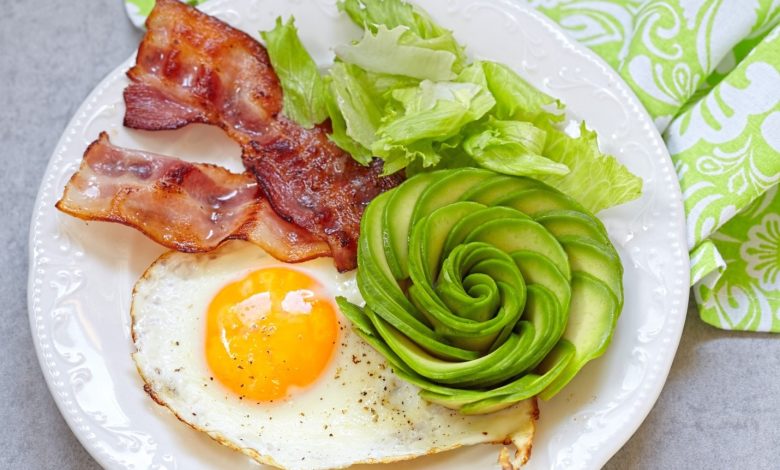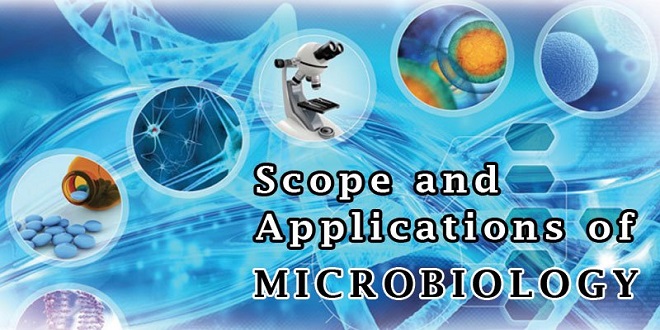A Guide to Starting a High-Fat Low-Carb Diet

Struggling to get rid of hunger pangs during your weight loss journey? While there’s no single “best diet” for everyone, it’s safe to say that a high-fat, low-carb diet is a solid contender. Research suggests that these diets can help with weight and fat loss by suppressing your appetite.
While you stumble across this diet in different ways, often via the carnivore or paleo diet, most of us will find it while looking into a major food trend: the keto diet.
Under this diet, you’ll eat low-carb and high-fat foods to promote weight loss, but it’s not always as easy as it sounds! Beginners often find it difficult to get started, and the guidelines aren’t always clear.
Ready to get on the road to healthy living? If you’re unsure about the path to starting this type of diet, take a look at our quick guide below.
Know the Basics
Every diet plan is different, so it’s crucial to get to know the one you’re following. On most high-fat, low-carb diets, you’ll have to stick to the plan below:
Foods to Avoid
You’ll need to avoid high-carb foods. Sugary snacks and beverages, fruits, and processed grains and starches are often prohibited as well. You’ll also want to avoid high-carb legumes, beans, and vegetables.
In addition, low-fat “diet” products and condiments may be something you’ll need to steer clear of.
Foods to Eat
As you might expect, you’ll be focused on high-fat, low-carb foods. Sticking to healthy, whole, single-ingredient foods is always a smart bet.
High-protein foods like meat, fatty fish, and eggs are great options to eat. Foods with nutritious fats are also good choices, such as butter, cheese, nuts and seeds, and healthy oils. Low-carb and antioxidant-rich vegetables, such as tomatoes and peppers, are also worth adding to the menu.
Ease Into It
While some people find success by changing their diet all at once, jumping wholesale into a new diet can often be a recipe for disaster. Instead, try implementing changes over time.
For example, start by cutting out the major foods to avoid, such as processed carbs and sugars. You might also try experimenting with recipes for the foods you should be eating, such as healthy fats and lean meats. Consider looking up meal plans online.
Starting slowly also gives you an opportunity to remove unwanted foods from your home bit by bit, replacing them with high-fat, low-carb options. For example, start researching where to buy keto snacks so you’ll have healthy foods to turn to when you’re hungry!
Understand the Side Effects
Switching your diet can have side effects early on. These temporary changes happen as your body adjusts to the new foods you’re eating.
While you’re in “ketosis,” the metabolic change that the keto diet gets its name from, you’ll experience side effects like these:
- “Keto flu,” or temporary flu-like symptoms
- Frequent urination
- Muscle cramps
- Bad breath
Note that these side effects are short-lived, lasting for a few days. Only when you’re past them will you experience the appetite suppression, weight loss, and increased energy you’re hoping for. However, knowing what to expect early on can help you stick with your new diet!
Try a High-Fat, Low-Carb Diet
High-fat, low-carb diets can be intimidating for beginners, but they offer some great benefits you won’t want to miss. While making the transition can feel tough, the temporary hassle is more than worth the outcome.
Looking for additional tips to help you get the most out of your health? Be sure to take a look at our other content!





